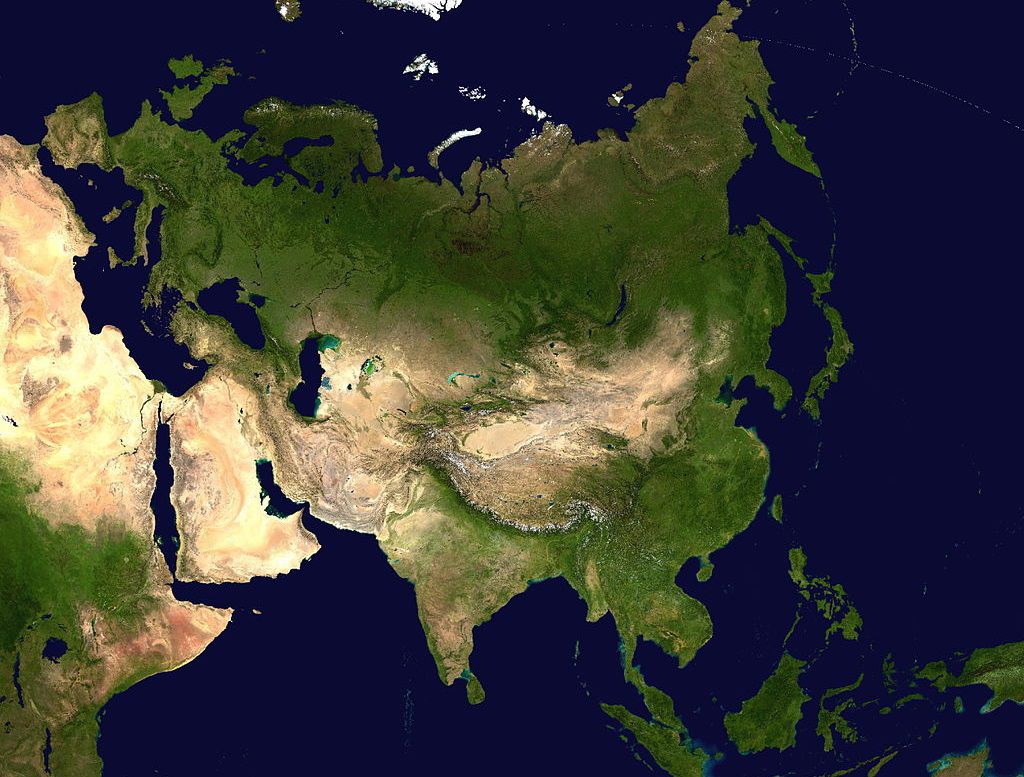Russian Eurasianism: Classical Roots and Neo-Eurasianist Revival
In this article, I will provide a concise overview of Russian Eurasianism—its historical background, ideological foundations, and key parameters. By analyzing these elements, we can distinguish between Classical and Neo-Eurasianism as distinct phases of a broader civilizational idea. Eurasianism, in both its traditional and modern forms, seeks to define Russia’s identity and geopolitical orientation as a unique entity between East and West.
Origins and Core Questions
Russian Eurasianism emerged in the early 20th century, shaped by intellectuals seeking to define the true identity of the Russian Empire. The central debate was whether Russia belonged to the Eastern or Western world, or whether it represented an entirely separate civilization.
Eurasianism combines geographical, cultural, sociological, and political dimensions, offering a framework that challenges both European universalism and Western liberal models. Many of its early thinkers were exiled following the formation of the Soviet Union, as their ideas were incompatible with Marxist-Leninist ideology. Nevertheless, in their writings, Eurasianist ideologues emphasized the historical, cultural, and geographic uniqueness of the Eurasian space and its divergence from the West.
Two Main Currents of Eurasianism
Russian Eurasianism can be divided into two distinct ideological currents:
- Classical Eurasianism
- Neo-Eurasianism
While both schools share a fundamentally anti-Western orientation, they differ in historical context, tone, and goals.
Classical Eurasianism
Classical Eurasianism was developed in the early 20th century by Russian émigré intellectuals, including:
Nikolai Alekseev (linguist)
Petr Nikolaevich Savitsky (geographer)
Georgiy Florovsky (theologian)
Petr Suvchinsky (historian)
These thinkers argued that the concepts of “nation” and “state” were fundamentally different in Western Europe and Eurasia. While Western political development emphasized ethnic-based nation-states, Eurasian civilization evolved through imperial structures that united diverse ethnic groups under a shared political and cultural order.
Classical Eurasianists also promoted the idea of a tolerant, pluralistic culture in Eurasia—one that allowed for the peaceful coexistence of various ethnic and religious groups without dominance by any single identity. They argued that Eurasia’s geographic and economic conditions fostered intra-continental interdependence, unlike Europe’s maritime openness to global trade. This natural regional dependency, they believed, necessitated the formation of a unified Eurasian bloc that would reduce external vulnerabilities and enhance economic self-sufficiency.
Neo-Eurasianism
Neo-Eurasianism emerged in the late 1980s, during the decline of the Soviet Union. It represents a modernized and post-Soviet reinterpretation of classical Eurasianist thought, adapted for a new geopolitical context.
Neo-Eurasianists present their movement as social, philosophical, geopolitical, and cultural, advocating for regional integration in Eurasia as an alternative to Western-led globalization. They envision a new union based not on liberal, individualist values, but on collectivist ideals that emphasize shared cultural and civilizational identity.
A key assertion of Neo-Eurasianism is that individualism is incompatible with the historical traditions of Eurasian peoples, who have historically lived collectively, in dialogue and cooperation—regardless of religious or ethnic backgrounds. Thus, Neo-Eurasianists frame their vision as a civilizational dialogue between Orthodox Christianity and Islam, coexisting within a shared Eurasian space.
Like its classical predecessor, Neo-Eurasianism remains anti-Western in orientation. It views Western liberal values not only as alien to the Eurasian identity but as a threat to global cultural diversity and civilizational balance. The West is portrayed as hegemonic and expansionist, whereas Eurasia is presented as pluralistic, balanced, and rooted in tradition.
Conclusion
Russian Eurasianism, in both classical and neo-forms, seeks to define a third way between East and West. While Classical Eurasianism emphasized historical and geographical exceptionalism, Neo-Eurasianism translates these ideas into a contemporary geopolitical project—offering regionalism, tradition, and multipolarity as alternatives to Western liberal internationalism. Together, these ideologies represent an enduring effort by Russian thinkers to redefine Russia’s place in the world as the center of an alternative civilization rooted in Eurasian space.
